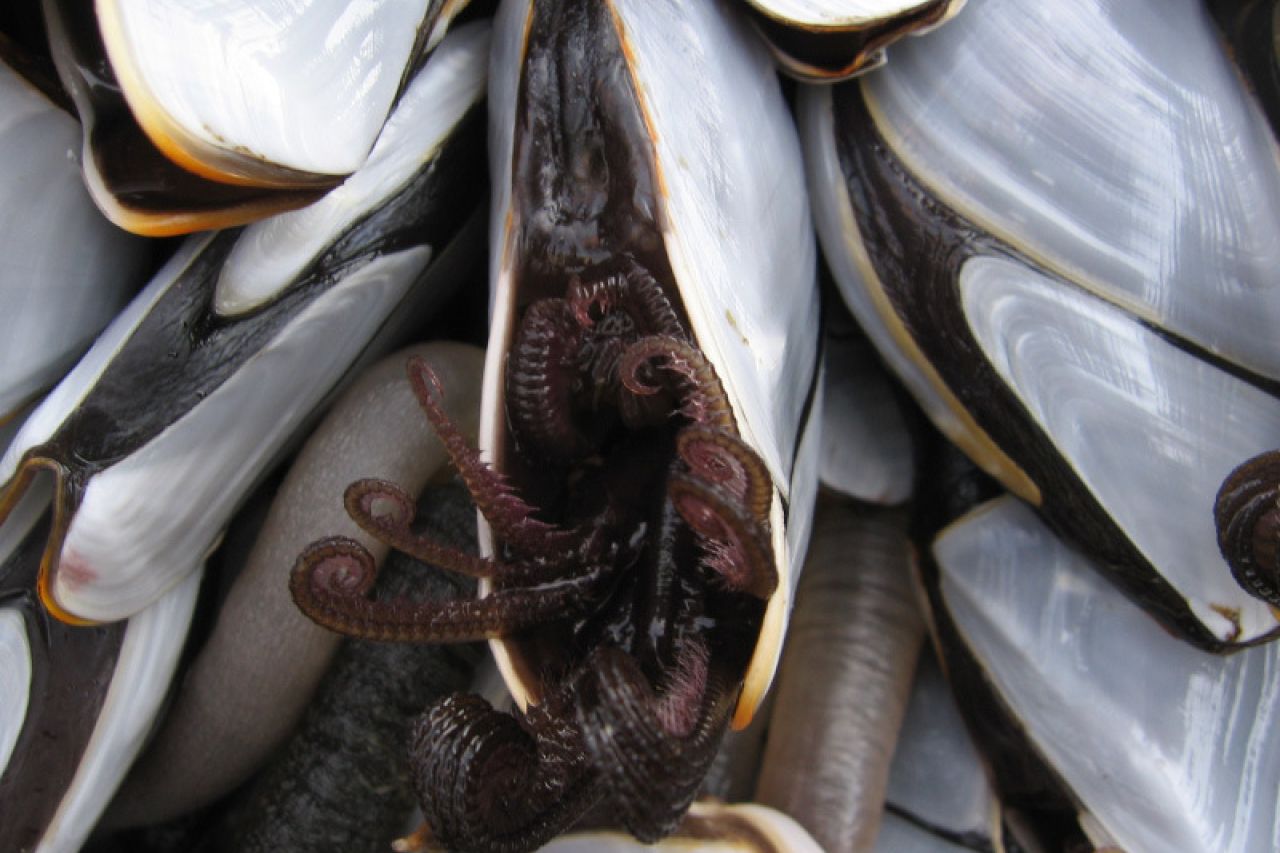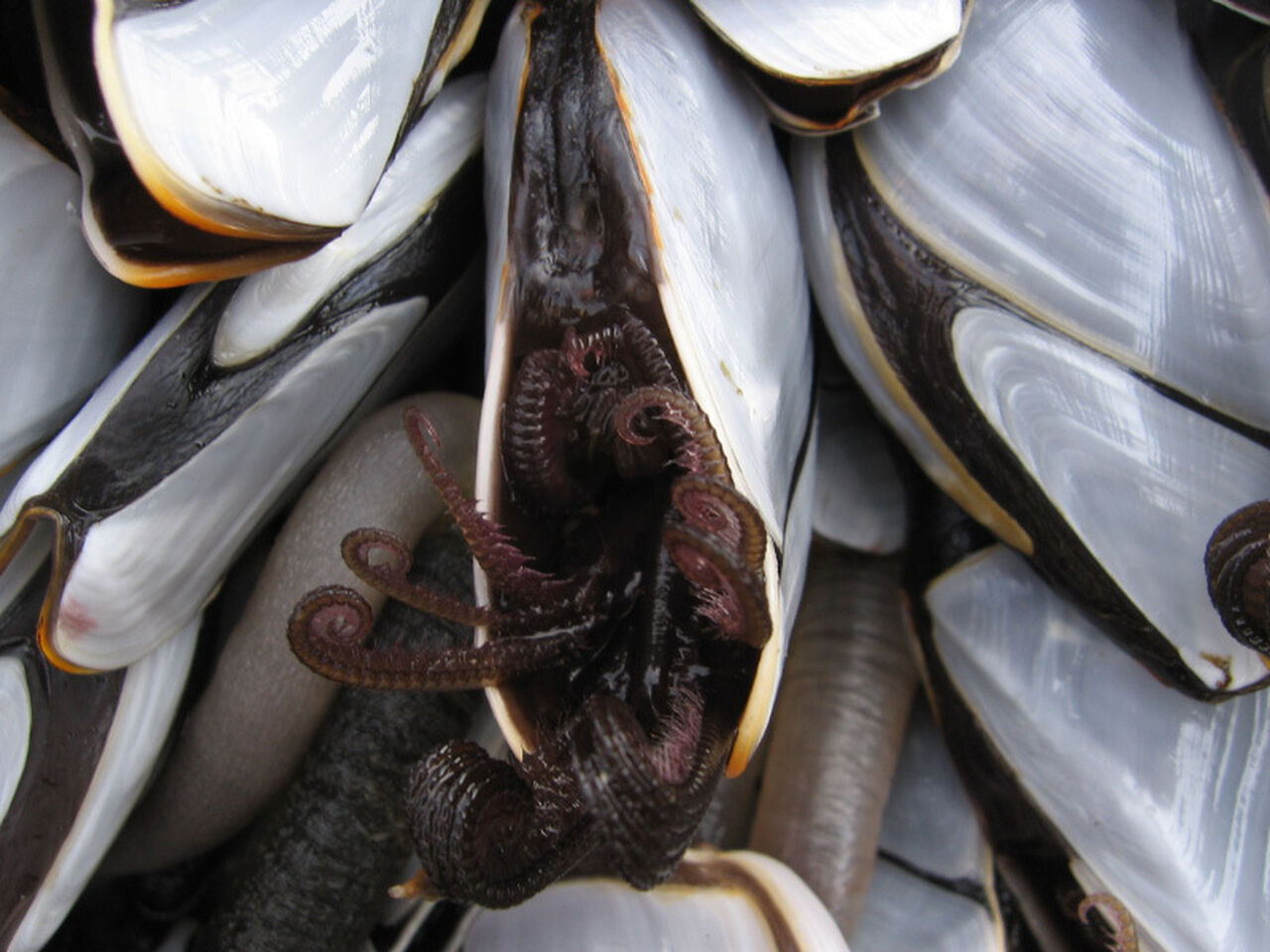Ashwyn Davis is a visitor guide at the Two Oceans Aquarium. As a part of his day-to-day work, Ashwyn teaches members of the public about the interesting, but tiny ocean life that can only be seen under the microscope in our Skretting Diversity Gallery. Manning this station, Ashwyn has seen some pretty unusual animals - and would like to share a few with you!
Today's microscopic marvel - Barnacles! Well, specifically, barnacle penises!
Barnacles are crustaceans - this means that they are in the same sub-phylum as many of the animals you know well - crabs, shrimp, lobsters, etc. But, barnacles have made one major lifestyle change - instead of moving around, they have evolved to be sessile, meaning that they remain anchored in one place.
Whether they anchor onto coastal rocks, the backs of whales, the carapaces of turtles or even the hulls of boats, barnacles rely completely on the movement of water around them to bring them their food, remove their waste and transport their eggs. To overcome the challenge of being sessile, barnacles have evolved a whole host of adaptations - for example, their feet have been modified into featherlike "cirri" which they use to filter food fragments out of the passing water (the barnacle on the left in the GIF above can be seen pulsing its cirri).

Being sessile creates another problem - finding a mate. Most sessile organisms, from trees to mussels, rely on some or other form of "broadcast" mating, where one or both sexes release their eggs or sperm into the water or air in huge amounts with the hope that by chance, they will encounter the opposite gamete and fertilisation can occur. It's the ultimate form of blind dating - a.k.a. "blind mating".
For barnacles, there was just one evolutionary problem - their common ancestor was an Arthropod (the group of animals that includes spiders, insects, crustaceans, etc.) and this group of animals already had sexual organs evolved for specialised forms of copulation, usually with a male passing a waterproof sperm package directly to a female in some way. For barnacles, it was easier to "upgrade" these organs, than to go back to a simpler option.
So, what did barnacles do? Well, as you can see from the image above - if you can't go to your mate, you need to grow a penis long enough to reach them! In fact, barnacles have the longest penis-to-body size ratio of any animal. But, as any barnacle will tell you, length isn't everything. Longer barnacle willies have a chance of being ripped off by strong currents, so barnacles in more turbulent waters, such as the intertidal zone, generally have shorter and thicker penises. Even though they can't reach as many mates, their risk of failure is lower. In other words, it's not about the size of the barnacle penis, it's about how they use it.





